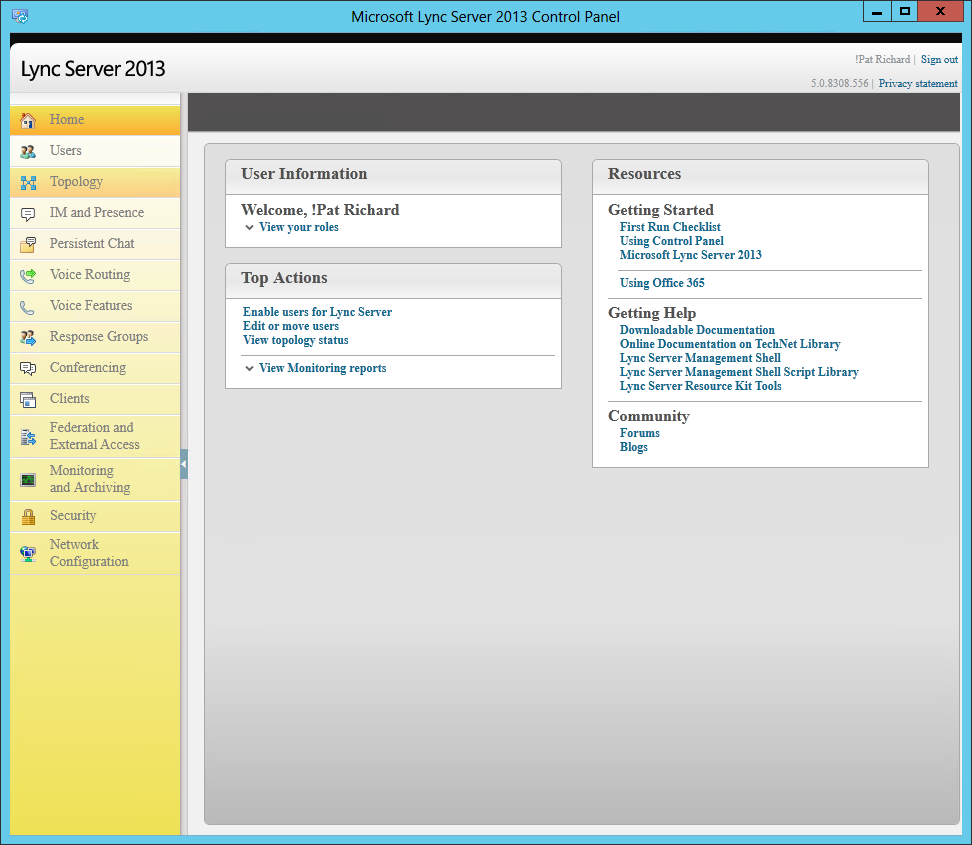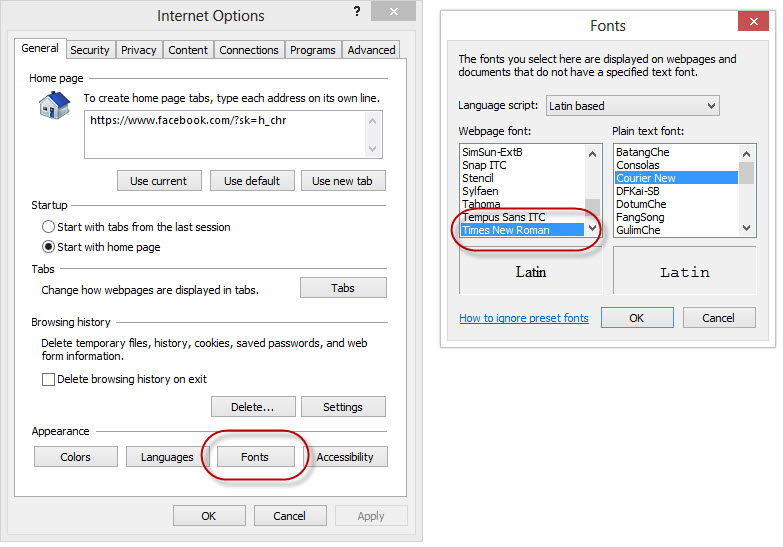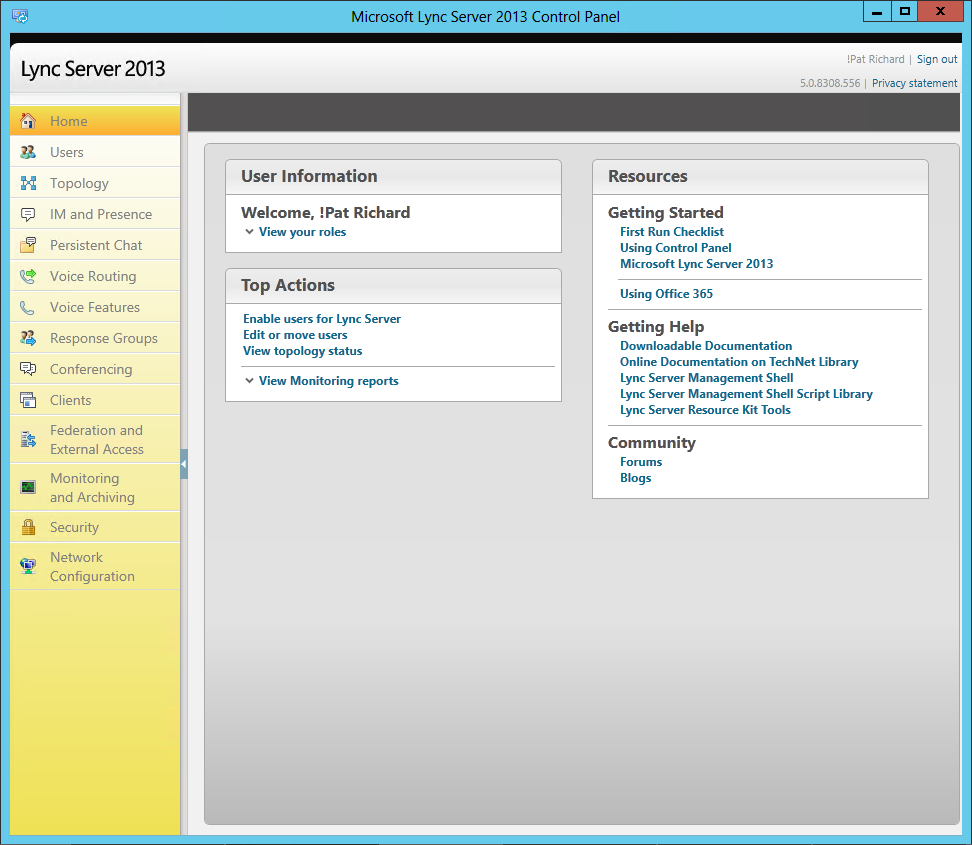Script: New-CsLyncRoomSystem.ps1 – Easily Deploy Lync Room Systems
Description
One of the really cool features of Lync Server 2013 is the Lync Room System. LRS is comprised of a single or dual screen system, video camera, and control unit. This system provides for a rich conferencing experience by providing HD video, touch screens with white-boarding, audio & video inputs, and more. For more information on Lync Room system, see the Product Group’s blog post. To see the systems optimized for Lync, see the catalog.
Deploying a Lync Room System involves several steps, and is outlined (albeit poorly) in the LRS Deployment Guide. I say poorly because from a PowerShell perspective, the 10 steps outlined can be combined down to about 6. Some are Exchange related, some are Active Directory related, and some are Lync related.
What I’ve done is to automate & streamline the process, add a ton of error checking, optimization, and validation. Instead of picking an Exchange server, the script will automatically find and connect to Exchange. It then performs the following tasks:
- Create an Exchange mailbox configured as a room resource. Additionally, the description is defined, and the company name on the account is configured (see https://www.ucunleashed.com/2266 for why this is important). The room account is enabled. You’re prompted for a password for the account, and that password must conform to the organizations’ password policy for complexity. If the mailbox already exists, which would be common in most scenarios, the script will handle it gracefully, ensuring it’s configured properly.
- The mailtip for the account is defined. It merely reminds users to make meeting requests a Lync meeting.
- Set calendar processing to AutoAccept so that when the room account is added to meetings, it will automatically accept the request.
- The AD account is enabled
- The Lync Meeting room is created, and uses the email address for the SIP address. This is important to avoid Exchange Web Services (EWS) issues.
- If a LineURI is defined, the meeting room is enterprise voice enabled. LineURI should be specified in E.164 format.
Any other configuration, such as conferencing policies, etc., can be set after the script runs. I’ve used this script to deploy a 70″ dual display SMART Room System.
See the assumptions section below for more info.
Syntax
New-CsLyncRoomSystem.ps1 [[-Alias] ] [[-Name] ] [[-UPN] ] [[-SamAccountName] ] [[-RegistrarPool] ] [[-LineURI] ] [[-CompanyName] ] [[-ResponseText] ] [[-ResourceCapacity] ] [-DeleteSubject ] [[-EnableResponseDetails] ] [-WhatIf ] [-Confirm ] []
example
New-CsLyncRoomSystem.ps1 -Alias nycconfroom -Name "New York City Conference Room" -Upn "nycconfroom@contoso.com" -RegistrarPool "frontendpool.contoso.com"
The SamAccountName only needs to specified if it needs to be different than the alias.
Installation
Execution Policy: Third-party PowerShell scripts may require that the PowerShell Execution Policy be set to either AllSigned, RemoteSigned, or Unrestricted. The default is Restricted, which prevents scripts – even code signed scripts – from running. For more information about setting your Execution Policy, see Using the Set-ExecutionPolicy Cmdlet.
Donations
I’ve never been one to really solicit donations for my work. My offerings are created because *I* need to solve a problem, and once I do, it makes sense to offer the results of my work to the public. I mean, let’s face it: I can’t be the only one with that particular issue, right? Quite often, to my surprise, I’m asked why I don’t have a “donate” button so people can donate a few bucks. I’ve never really put much thought into it. But those inquiries are coming more often now, so I’m yielding to them. If you’d like to donate, you can send a few bucks via PayPal at https://www.paypal.me/PatRichard. Money collected from that will go to the costs of my website (hosting and domain names), as well as to my home lab.
Assumptions
- The SIP address is set to match the SMTP address. This is to avoid issues where the two don’t match and Exchange Web Services (EWS) calls fail.
- Exchange 2010 or 2013 exists in the environment
- The user running the script has the appropriate rights in Exchange (Recipient Management or higher) and Lync (RTCUniversalUserAdmin or higher)
- The machine that the script runs on has both the Lync and Active Directory modules installed.
Download
v1.2 – 06-10-2014 – New-CsLyncRoomSystem.v1.2.zip
v1.1 – 02-08-2014 – New-CsLyncRoomSystem.v1.1.zip
v1.0 – 01-28-2014 – New-CsLyncRoomSystem.v1.0.zip
Changelog
See the changelog for information on what’s changed/included in each version.








Follow Me